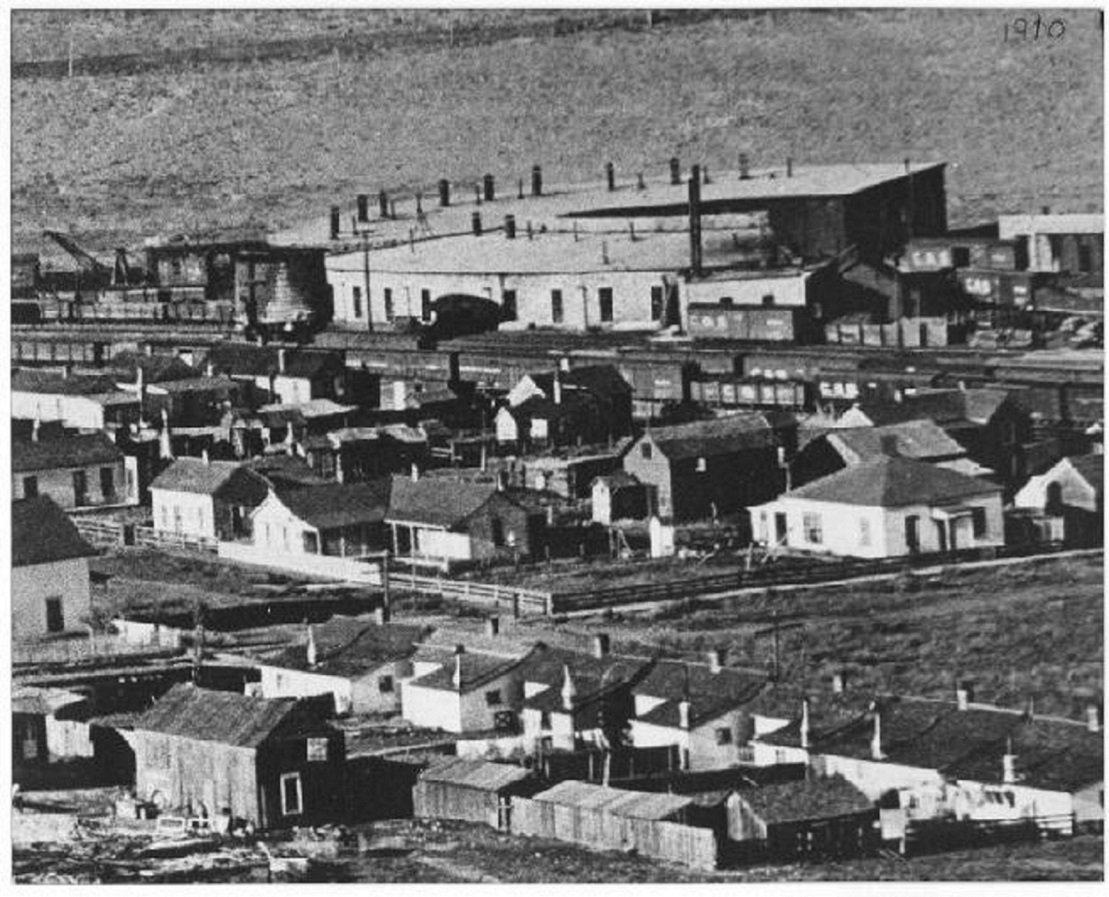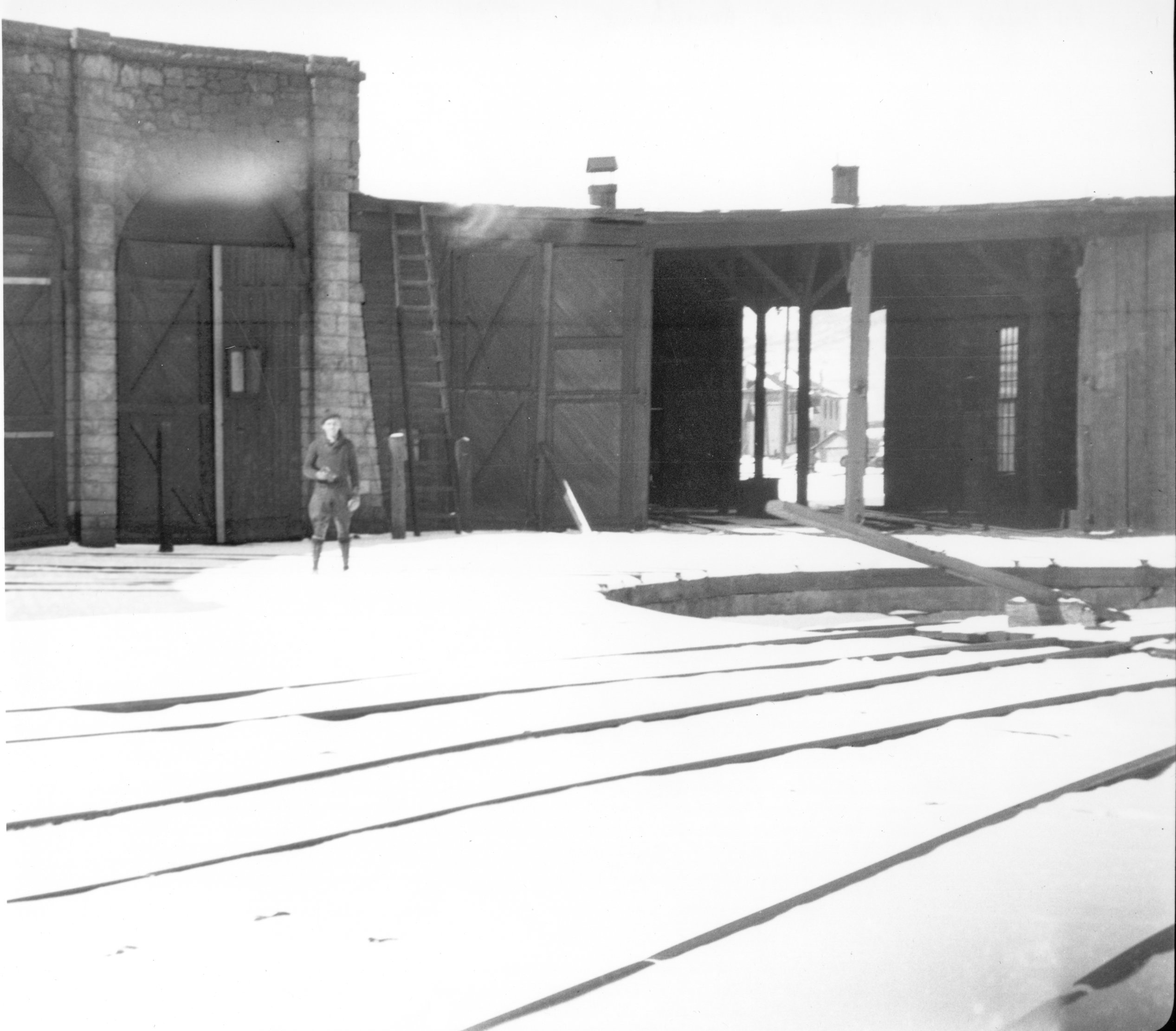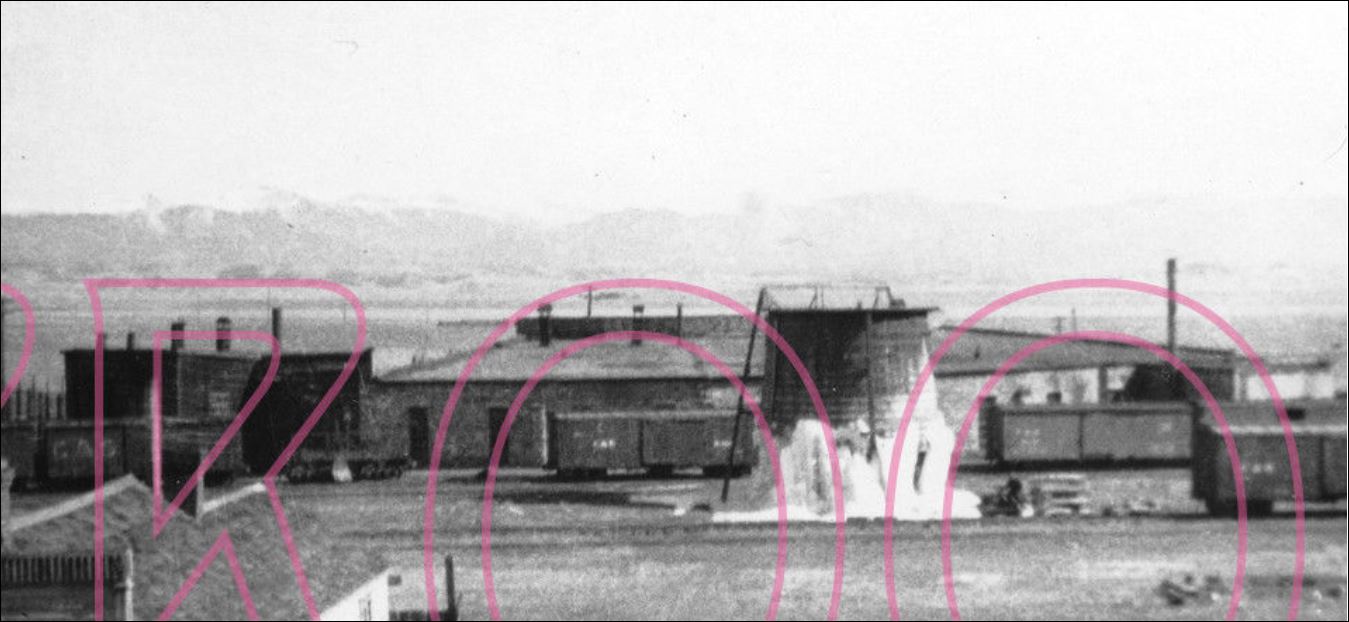Como Roundhouse Addition
1234







1234
|
Administrator
|
They did the best they could. Freights ran as "Extra", meaning they were not on a timetable. The major regulating authority was the 15 the law, which I believe required that each man could work no more than 15 hrs in a 24 hr period without 8 hrs rest. So getting a later start in a situation which required a return to Leadville wouldn't have been a big deal. But a late start also meant a late arrival into Como that night.
There were always at least two round trip cycles in a week which would require one layover in Leadville, and if there was need for a third I doubt it came very often requiring them to have to return back from Como. But that did happen occasionally. Remember, times were hard, and work was scarce. Who was going to refuse a trip? |
|
In reply to this post by South Park
I would expect 3 hours at least, possibly longer.
That assumes good road conditions, add a washout in summer and who knows. In winter however all bets are off. To get it back to Como, put it on the train? |
Re: Como Roundhouse Addition
|
In reply to this post by ComoDepot
What about the shacks near the roundhouse -visible in panoramic photos taken from east of Como and described in at least one B&L article?
|
|
Administrator
|
Sure, that's a possibility. East End guys might have built them, but no telling how long they lasted or even when the pictures were taken, or even when they were there. Before the fire, I'm sure the tenements were used.
Speaking of the tenements, in early days, each locomotive was assigned to a particular engineer, who was even billed for various expenses for which the company may have thought he was responsible. Out of town engineers were probably housed in the tenements while their engines were being serviced, and probably also billed for their use. |
|
There were rooms to be rented in Como. Also there was the Kelly's two story brick rooming house on Rowe Street, now gone. A.A. "Brownie" Anderson shows in his time book, before he was married, paying his "board" to Pat Gibbony. Brownie solved that expense issue by marrying one of the Gibbony girls and buying a house in Como for $400. Brownie's son also related that they also watched from their home for the head light to show on a westbound as it came around the curve at the top of Kenosha Pass. As it was.
By the way the UP does still own the mineral rights to some of the Como lots. Tom Klinger |
|
Pat had other boarders I was told and one of the reasons for moving to the Hotel was the need for additional space for his family and business.
Have not been able to find out when, I assume 1913 ish. |
Re: Como Roundhouse Addition
|
In reply to this post by Mike Trent
One or two of these shacks were recently restored and it was documented in the B&L article.I believe Deb was in on the restoration.The builders used whatever they could find in the junk pile-including car and locomotive parts.
|
Re: Como Roundhouse Addition
|
One item was the boiler jacketing from a Cooke Consolidation.
|
|
In reply to this post by Robert McFarland
Newspaper for wallpaper.
There were tunnels in the hillside, stoves inside and a blanket for a door. Always wondered why the Stone section was built where it was and did not allow for significant expansion. |
Re: Como Roundhouse Addition
|
In reply to this post by Robert McFarland
There was a unique looking boarding house run by the Roger Coynes family not far from the roundhouse.There is a picture of it in "Echoes of Como"and a couple on DPL in the Muriel Wolle Collection. You can also see it in roundhouse photos take from east of town.
|
|
Administrator
|
In reply to this post by ComoDepot
Newspaper for insulation! Yep, home sweet home for layovers in Como.
So much for the "Good ol' days", huh? By the way, old Doug said he used to ride most of the time to and from Leadville with Brownie. Bon Oshier had a pretty good car too. they'd carry up to four in one car. Both of those guys were very senior, and got the most calls on Extra freights, sometimes working a single engine if only one or two were required. I think Bon Oshier was senior of the two, so Brownie Anderson would fire if they were one crew. |
|
My three tours in AFG were pretty rough living at times. And I
can relate about digging holes to sleep/live in and using the most elementary junk to advantage for the most minor comfort. You just do what you can to make things better, even if just a little and on such a basic level. I live my life back home on a pretty basic level compared to most, and while I would not CHOOSE to go sleep outside in freezing winter temps, I do have the skills and training to do so without it killing me. I work with a lot of public in my job and often wonder how long any of them would survive if our comfy little world of convenience and creature comforts collapsed.
"Duty above all else except Honor"
|
|
In reply to this post by Jim Courtney
Hi Jim,
After re-reading this thread and looking back at an earlier one, I've got a possible further refinement to the Como roundhouse timeline. Rick Steele had posted in the discussion of the roundhouse pits that the valuation sketch (presumably from the 1918 valuation) showed four separate sections, the last one being 2 stalls (see here). The picture you cited from 1906-1909 shows #67 and another engine on a track pointing toward the turntable but next to the last wall of the wooden roundhouse extensions as they then existed:  If you compare that photo with the August 1910 photo (zooming in helps on this):  It looks like the last two stalls have no smokejacks, and there doesn't appear to be a track right next to the end of the wooden additions. So my conjecture is that the last two stalls were added between 1905 and 1910, roofing over one or possibly two tracks that were open-air previously. Can any corroborate or disprove that assertion? |
|
Looking at the roof they look the same.
|
Re: Como Roundhouse Addition--Greg Kazel Collection
|
In reply to this post by Jim Courtney
Sorry for the late response, but Jim failed to note the importance of the last Roundhouse photo showing the Wooden Extensions that only have one smoke jack visible at that time. Great chronological photo essay by the way Jim. 
UpSideDownC
in New Zealand |
Re: Como Roundhouse Addition--Greg Kazel Collection
|
Chris,
Didn't notice that. The 1919 photo with only a single smoke jack on the wood side, kinda makes since, if at that time the function of the wood roundhouse extension was that of storing dead Cooke locomotives.
Jim Courtney
Poulsbo, WA |
|
In reply to this post by Jim Courtney
 Man in the image is a young Edward Haley. Image courtesy of Todd Hackett. Notice the hotel through the doorways. Interesting is that the upright posts of the parlins or bents of the first wood additions are constructed of 8 x 8s (ICC field valuations) are a rather small dimension of such members compared to other roundhouses. |
|
Jeff give us a shout, your mailbox is not set up.
|
Re: Como Roundhouse Last Wooden Extension

UpSideDownC
in New Zealand |
|
I have that one, quite clean, well the Town,
|
«
Return to C&Sng Discussion Forum
|
1 view|%1 views
| Free forum by Nabble | Edit this page |



